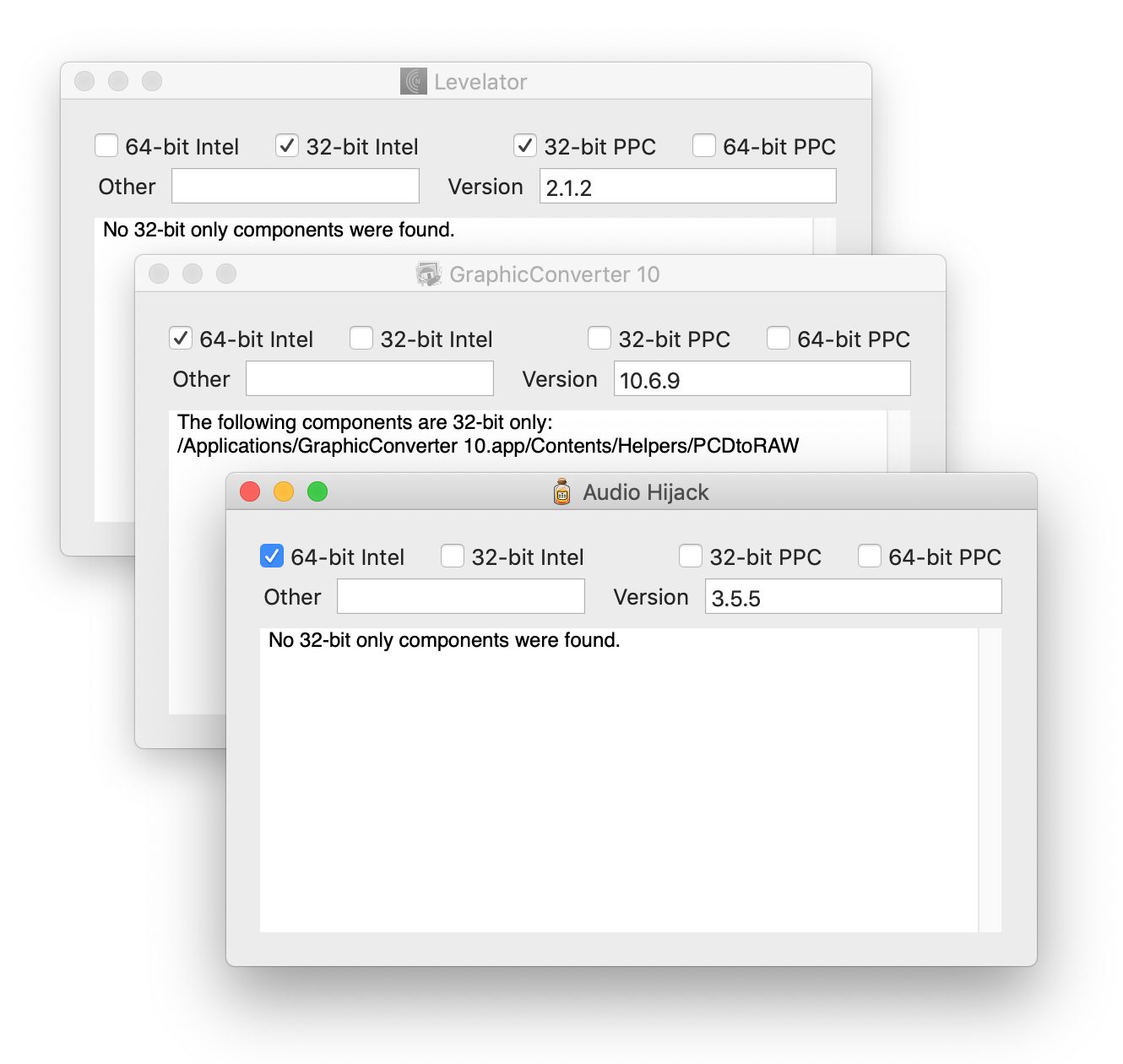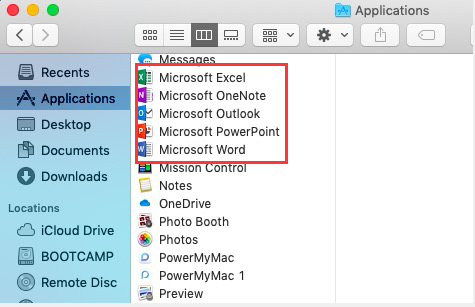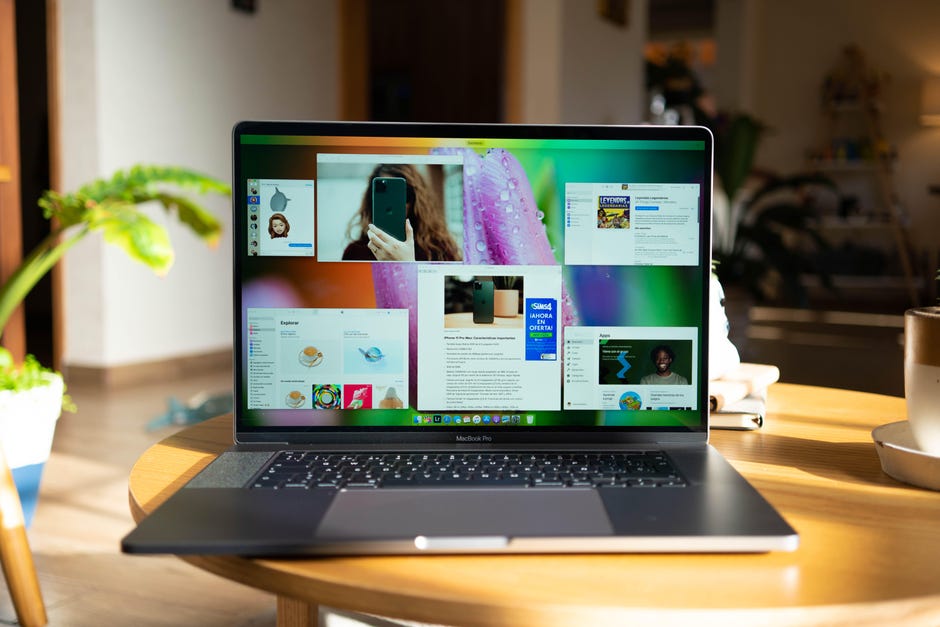
To manage iTunes media, you need to know the directory: open iTunes > click iTunes on Topbar > Preferences (or press CMD⌘ +, ) > Advanced tab > iTunes media folder location. Why are we mentioning this? Sometimes it happens that two copies of the same device are saved, therefore you can easily delete one and free up to 5-15 GB. To find all iOS backups on a Mac open iTunes > Preferences (or press CMD⌘ +, ) > Devices tab. There are two ways iTunes is saving backups: a) To This Mac, or b) To iCloud and if you’ve never changed this option, it is saving To This Mac by default. If you own several iOS devices, you are synchronizing all via iTunes. Also, as you see, there is a menu on the left side showing file types and Mac storage situation, thus serving as a nice hint to find extra free space. And by deleting most part of it we freed 7 GB of disk space. We were definitely stunned to see 2,015 files we had no idea about.

iCloud – Apple’s cloud storage ($1 – 50 GB, $10 – 2 TB).Here we can see a few options macOS friendly recommends us: To open a tool we need, click the Apple logo in Menubar or Topbar > About This Mac > Storage tab > Manage. Find and clean up your device from big-size files, or files that are not in use for a long time, and you’ll see the difference. These methods and tools are as simple and secure as it gets, so anyone can do it without special skills.

For some, macOS capabilities will do the job, for more options we’ll test out several optimizer apps.

#WORD 2011 NOT OPTIMIZED FOR YOUR MAC HOW TO#
To assist readers seeking how to free up space on Mac we will review relevant methods and apps to get extra space, clean cache, remove duplicate files, etc. And it is not so easy to find a solid tool considering that most trial versions are stripped of functionality.
#WORD 2011 NOT OPTIMIZED FOR YOUR MAC SOFTWARE#
PC optimization (cleaner, repair) apps are a particular group of software that can either help by cleaning junk files, or make things even worse, like installing scam apps.


 0 kommentar(er)
0 kommentar(er)
